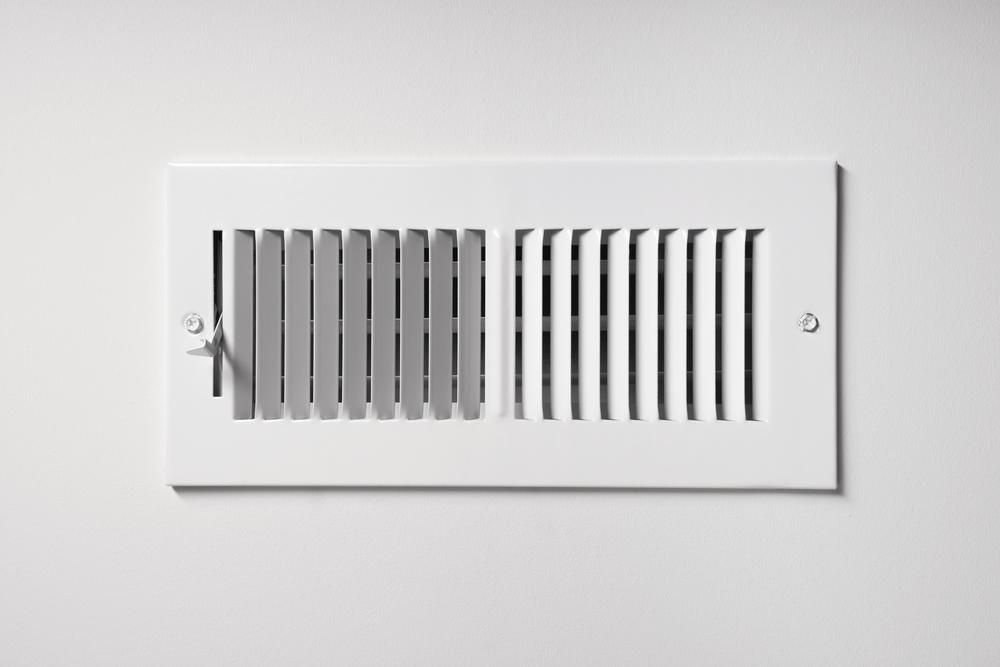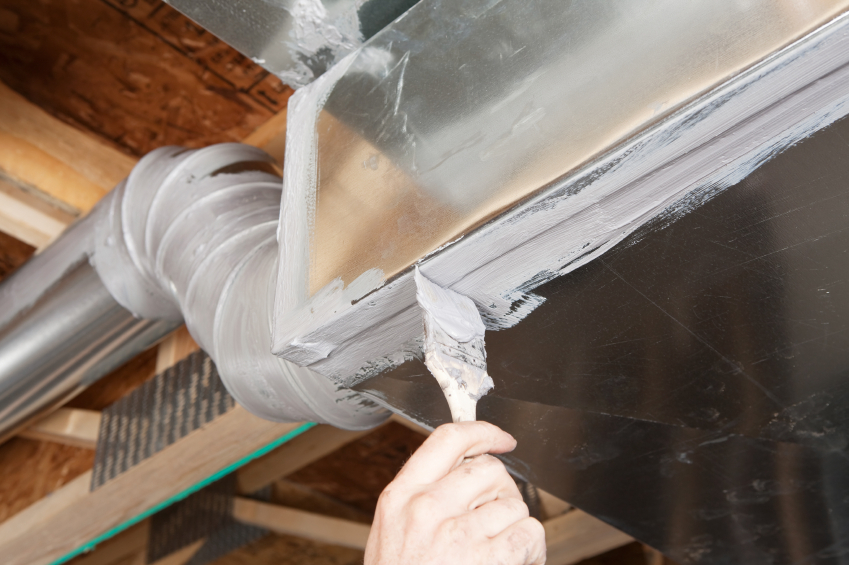Maintain Central Heat Ducts
If you have central, forced air heating or cooling, you might be losing 20-30% or more of your energy with a leaky duct system. When your air ducts leak, hot or cool air escapes and makes your heater or AC work harder. Your duct system also makes sure that only clean air is circulated in your home. It balances air pressure, supports ventilation and prevents unhealthy furnace emissions or radon gas from leaking into your living area. Maintaining your ducts saves energy and money and keeps your indoor air healthy, clean and safe!
Your Impact
Action Steps & Tips
Introduction

The duct system in your home can have a major impact on your energy use, as well as the health and comfort of your home. If you have a central forced air heating or cooling system, your duct system distributes the air from your furnace or AC unit throughout your home and then returns air back to the system.
Leaky ducts let hot or cool air escape and make your system work harder to keep your home warm or cool. Insulating and maintaining your ducts can dramatically reduce your energy use—saving you money.
Your duct system also ensures that only clean air is circulated in your home. It balances air pressure, supports ventilation and prevents unhealthy furnace emissions or radon gas from your basement from leaking into your living area. Properly maintained ducts keep your indoor air healthy, clean and safe.
1Step 1. Check for duct problems
Here are some clear signs that you might need ducts repairs:
- High heating or cooling bills (high winter or summer utility bills)
- Rooms that are consistently warmer or cooler than the rest of the house
- Stuffy rooms that never seem to feel comfortable
- Ducts in an attic, crawl space or the garage
Visual inspection. If you feel comfortable, inspect your duct system to look for problems. Be safe! Wear a mask in any area with fiberglass or loose fill insulation and check for heat before touching any active ducts. Ducts are commonly made of metal, but some are fiberglass, fiberboard or plastic. In some homes, building spaces (such as the space between joints in your ceiling) function as ducts. Look for:
- Obvious holes, gaps or disconnections
- Connections at vents or registers that are not well sealed
- Tangled or kinked flexible ducts (they should be straight with only gentle curves)
- Uninsulated, torn or damaged ducts
Call a professional. Inspecting your duct system can be tricky. Ducts are often located in the attic, walls, ceiling or basement and some problems are hard to detect. The best option is to call a professional to inspect your ducts.
Regular inspections. Even if you don't have any indications that duct repairs are needed, for health and safety, it is recommended to get your ducts professionally inspected and cleaned every three to five years.
2Step 2. Schedule maintenance and repairs
Cost. Typically, duct insulation and repair can cost $500-$1,000 or higher, depending on the level of repairs required. However, the work usually pays for itself in a few years through energy savings. Check for rebates in your area to help with costs.
Time for Replacement? In some cases, the cost of repairing old or leaky ducts can be greater than the cost of replacing your duct system. In addition, duct systems that are difficult or costly to clean, like fiberboard ducts or systems using building spaces, might also be candidates for replacement. If you are installing a new heating and cooling system or doing a major renovation, consider a new, efficient duct system. Or consider a highly efficient ductless Heat Pump Space Heating system that provides low cost and low emission heating and cooling!
Don’t forget the easier action: remember to check and replace your air filters regularly! Check out the Replace AC Filters action.

